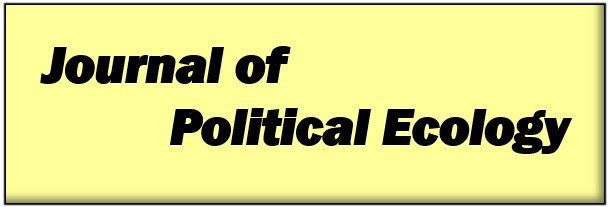Abstract
In La Guajira, Colombia, current projections for the reconfiguration of coal mining and proposals for decarbonization through wind energy have become central to the national political debate on energy transition. Several national and multinational companies have proposals for wind energy projects that will cross the territory of the Wayúu people. The Wayúu have raised debates about the cultural and territorial implications of energy transition projects, demanding recognition of their way of life, self-determination, and autonomy. Drawing on theoretical insights from green extractivism and its articulation with visual political ecology, I argue that energy transition, despite rethinking some extractive processes, produces similar territorial, environmental, and socio-cultural impacts as conventional extractive processes. This green extractivism also aestheticizes dispossession – making it invisible, acceptable, and legitimate – masking new global commodity chains and delegitimizing indigenous demands in favor of green energies to address climate change. I focus my analysis on the images and representations of wind energy proposals offered by government institutions and national and multinational corporations, as well as the siting of wind infrastructure and its impact on the Wayúu people. I also analyzed the proposals and demands made by ancestral authorities and Wayúu leaders in policy documents on wind projects.
Keywords: Wind energy, indigenous peoples, green extractivism, aesthetics of green dispossession, La Guajira, Colombia
How to Cite:
Ulloa, A., (2023) “Aesthetics of green dispossession: From coal to wind extraction in La Guajira, Colombia”, Journal of Political Ecology 30(1), 743–764. doi: https://doi.org/10.2458/jpe.5475
Downloads:
Download PDF
View PDF
6489 Views
2117 Downloads

